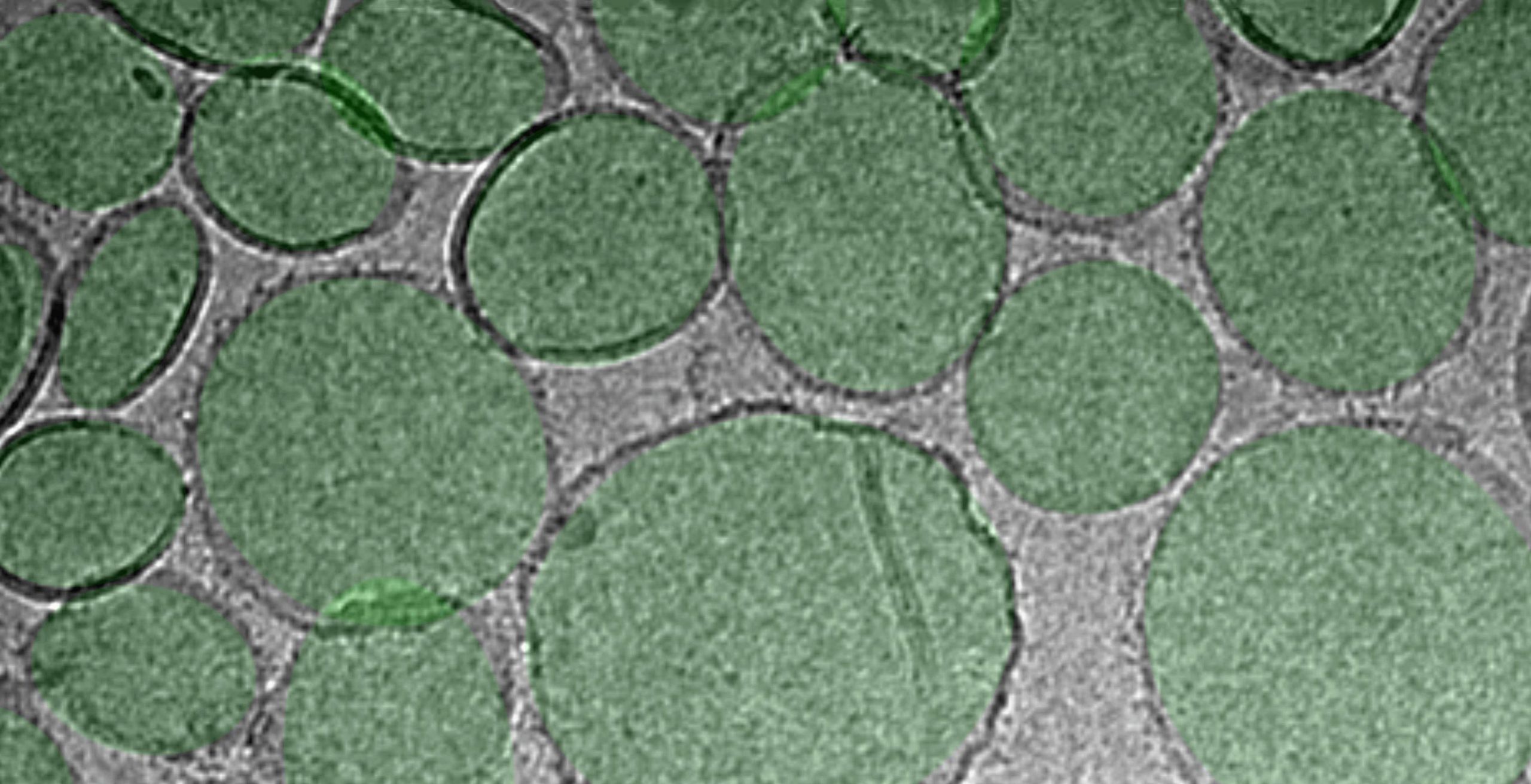
Lovell, PhD, associate professor in the Department of Biomedical Engineering at UB, is the primary investigator on the research, titled “SARS-CoV-2 RBD Neutralizing Antibody Induction is Enhanced by Particulate Vaccination,” which was published online in Advanced Materials today, October 28, 2020.
It would be “appealing if a vaccine could induce high-levels of antibodies against the RBD,” Lovell said.
“One way to achieve this goal is to use the RBD protein itself as an antigen, that is, the component of the vaccine that the immune response will be directed against.”.
The team hypothesized that by converting the RBD into a nanoparticle (similar in size to the virus itself) instead of letting it remain in its natural form as a small protein, it would generate higher levels of neutralizing antibodies and its ability to generate an immune response would increase.
That special lipid enables the RBD protein to rapidly bind to the liposomes, forming more nanoparticles that generate an immune response, Lovell said.
Compared to other materials that are combined with the RBD to enhance the immune response, only the approach with particles containing CoPoP gave strong responses.
Other vaccine adjuvant technology does not have the capacity to convert the RBD into particle-form, Lovell said.
“We think these results provide evidence to the vaccine-development community that the RBD antigen benefits a lot from being in particle format,” Lovell said.
Lovell, 28 October 2020, Advanced Materials.
Mabrouk, all from the UB Department of Biomedical Engineering; Kevin Chiem and Luis Martinez-Sobrido, both from Texas Biomedical Research Institute; Ruth H.
Kuchipudi, all from the Animal Diagnostic Laboratory, Department of Veterinary and Biomedical Sciences at Pennsylvania State University; Mike Strauss and Joaquin Ortega from the Department of Anatomy and Cell Biology at McGill University; Suryaprakash Sambhara from the Immunology and Pathogenesis Branch of the U.S.
National Institutes of Health, and the Facility for Electron Microscopy Research (FEMR) at McGill University.
FEMR is supported by the Canadian Foundation for Innovation, Quebec Government and McGill University.
October 26, 2020
October 26, 2020
October 26, 2020